Turnips With White Rust: What Causes White Spots On Turnip Leaves
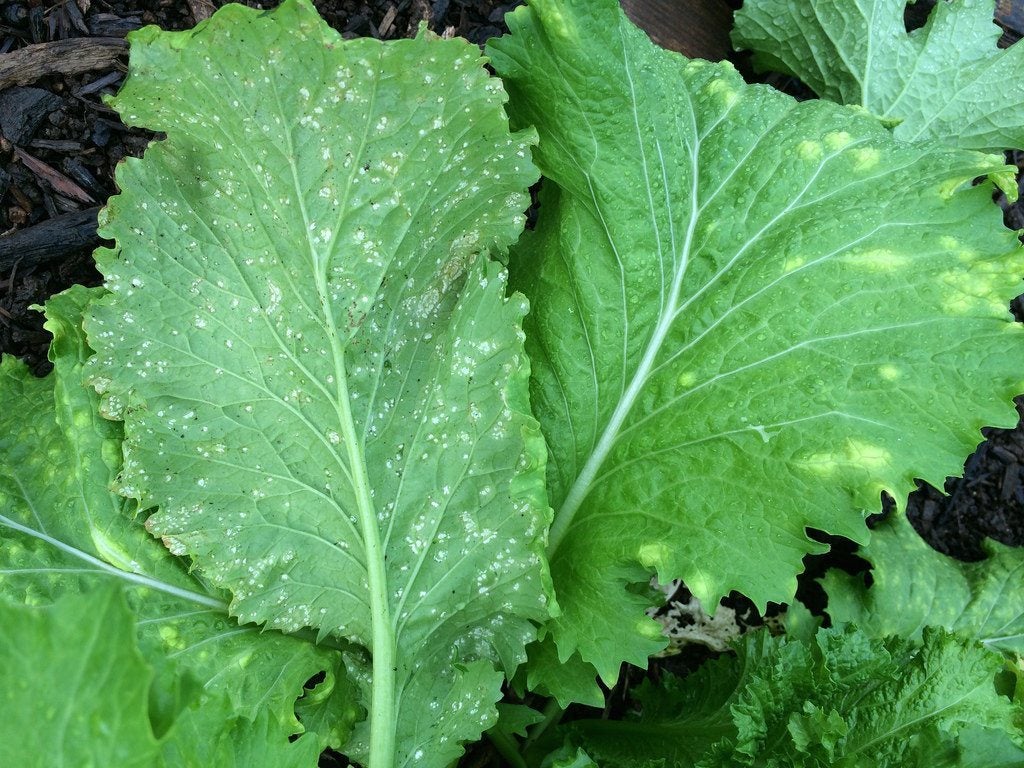

White rust fungus on crucifers is a common disease. Turnip white rust is the result of a fungus, Albugo candida, which is harbored by host plants and dispersed through wind and rain. The disease affects the leaves of turnips, causing primarily cosmetic damage but, in extreme cases, it can diminish leaf health to a degree where they cannot photosynthesize and root growth will be compromised. Read on to learn what to do about white rust on turnips.
About White Spots on Turnip Leaves
Turnip roots are not the only edible part of this crucifer. Turnip greens are rich in iron and vitamins and have a zesty tang that enhances many recipes. Turnips with white rust can easily be misdiagnosed as having some other disease. The symptoms are consistent with several other fungal diseases and certain cultural failings. Fungal diseases like these are promoted by several key environmental conditions. Good cultivation practices are crucial to management of this disease. Turnip white rust symptoms start with yellow spots on the upper surface of the leaves. As the disease progresses, the undersides of the leaves develop tiny, white, blister-like pustules. These lesions can contribute to distortion or stunting of leaves, stems, or flowers. The white spots on turnip leaves will mature and burst, releasing sporangia that looks like white powder and which spreads to neighboring plants. Infected plants wilt and often die. Greens taste bitter and should not be used.
Causes of Crucifer White Rust
The fungus overwinters in crop debris and host plants such as wild mustard and shepherd's purse - plants that are also crucifers. It spreads through wind and rain and can move from field to field quickly in perfect conditions. Temperatures of 68 degrees Fahrenheit (20 C.) encourage fungal development. It is also most prevalent when dew or moisture combine with the sporangia. The fungus can survive for years until ideal conditions form. Once you have turnips with white rust, there is no recommended control except removal of the plants. Because the sporangia may survive in the compost bin, it is best to destroy them.
Preventing White Rust on Turnips
No registered fungicides are recommended, but some gardeners swear by formulas that control powdery mildew, a very similar looking disease. Cultural practices are more effective. Rotate crops with non-crucifers every 2 years. Remove any old plant material before preparing the seed bed. Keep any wild crucifers well away from the beds. If possible, purchase seed that has been treated with a fungicide. Avoid watering plants on leaves; provide irrigation under them and only water when leaves have a chance to dry before the sun sets. Some seasons fungal diseases will be more aggressive but with some pre-planning your crop should be able to avoid any large scale white rust.
Gardening tips, videos, info and more delivered right to your inbox!
Sign up for the Gardening Know How newsletter today and receive a free copy of our e-book "How to Grow Delicious Tomatoes".

Bonnie Grant is a professional landscaper with a Certification in Urban Gardening. She has been gardening and writing for 15 years. A former professional chef, she has a passion for edible landscaping.
-
 Moody Blooms For Spring: 8 Types Of Black Flowers To Add Drama To Spring Displays
Moody Blooms For Spring: 8 Types Of Black Flowers To Add Drama To Spring DisplaysFrom midnight burgundies to inky violets, several types of black flowers can enrich and embolden a spring display. Try these brooding bloomers for a moody garden
By Tonya Barnett
-
 My Homemade Orchid Fertilizer Always Brings More Blooms – Here's The Easy Recipe That Transforms Plants
My Homemade Orchid Fertilizer Always Brings More Blooms – Here's The Easy Recipe That Transforms PlantsScientist-turned-gardener Mary Ellen Ellis shares her tried-and-tested DIY orchid fertilizer recipe, plus more ingredients to try for healthy, happy plants.
By Mary Ellen Ellis
-
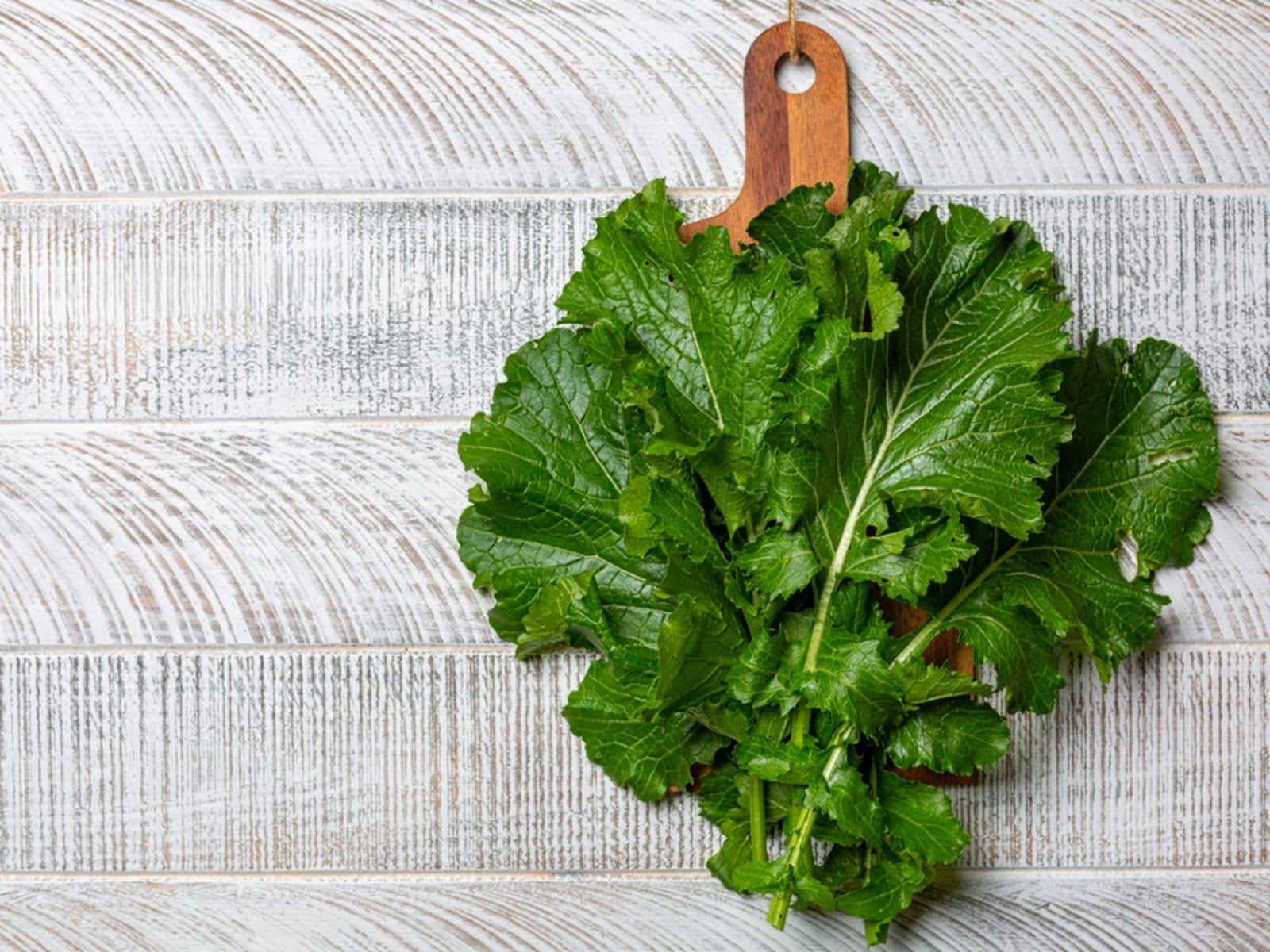 Tips For Cooking Turnip Greens From The Garden
Tips For Cooking Turnip Greens From The GardenTurnip greens are nutritious and tasty. Click to learn more about how to grow, prepare and store them.
By Amy Grant
-
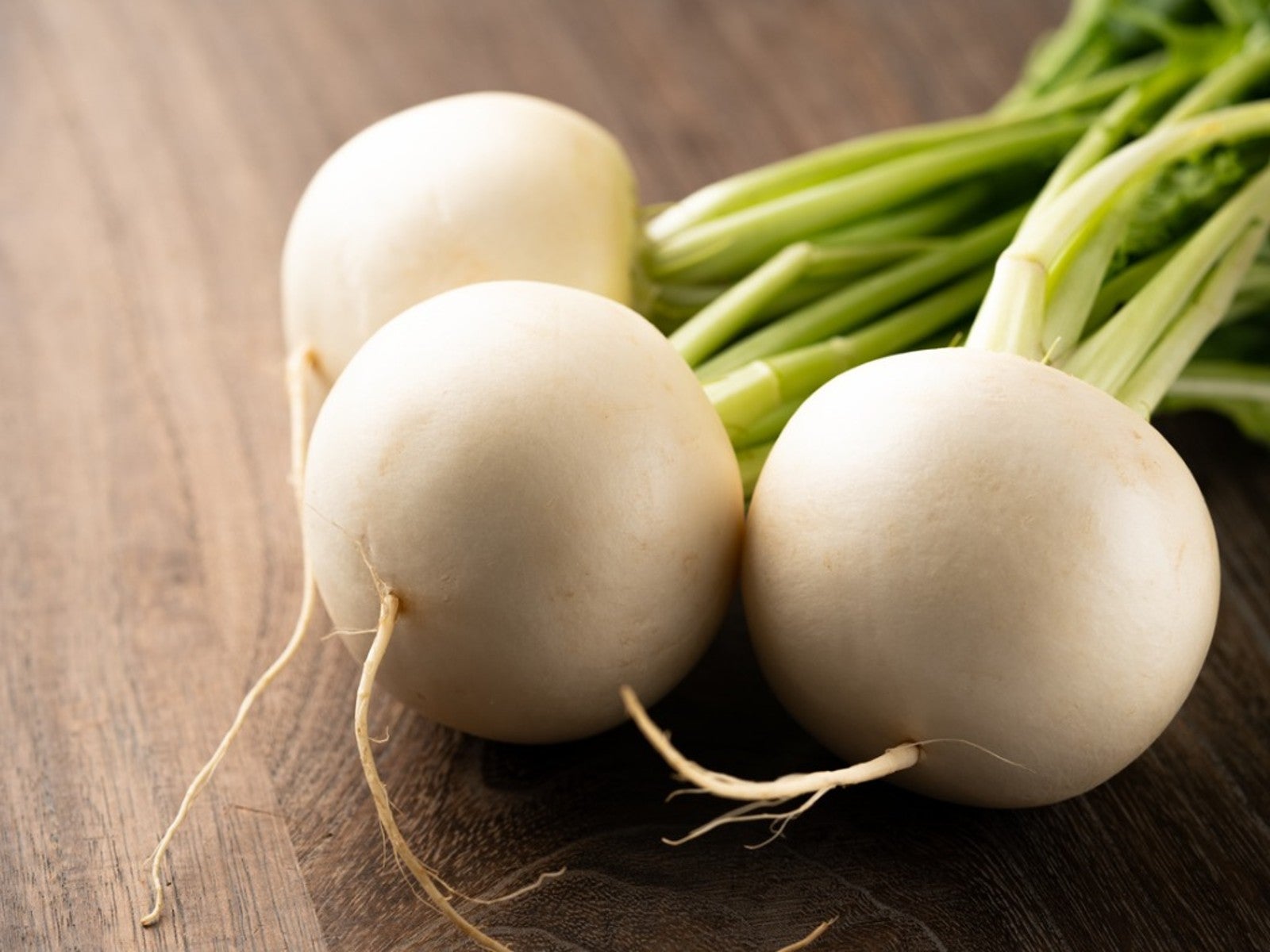 Growing Hakurei Turnips In The Home Garden
Growing Hakurei Turnips In The Home GardenRead about how to grow, harvest and prepare Japanese salad turnips.
By Bonnie L. Grant
-
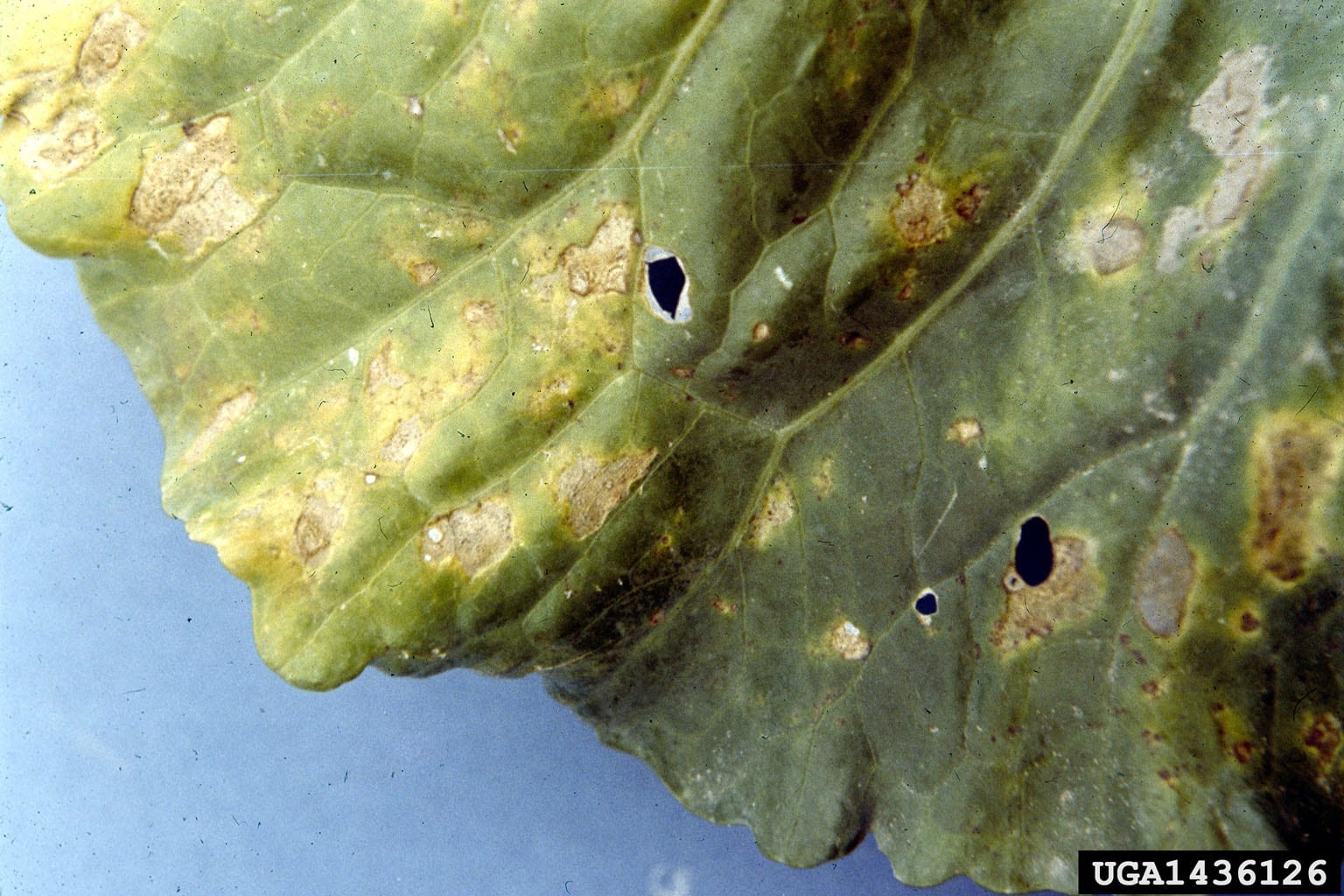 Turnip Downy Mildew Control – Treating Turnips With Downy Mildew
Turnip Downy Mildew Control – Treating Turnips With Downy MildewIf your garden includes turnips or other members of the brassica plant group, you should learn how to recognize downy mildew. Click on the following article for information about this fungal disease, including tips for treating turnip downy mildew.
By Teo Spengler
-
Turnip Bacterial Leaf Spot: Learn About Bacterial Leaf Spot Of Turnip Crops
Turnips with bacterial leaf spot will diminish plant health but will not usually kill it. There are several preventative techniques and treatments if spots on turnip foliage turn up. If you’re looking for more information, then this article will help.
By Bonnie L. Grant
-
What Is Turnip Black Rot – Learn About Black Rot Of Turnips
Black rot of turnips is a serious disease of not only turnips, but most other crucifer crops as well. What exactly is turnip black rot? Because the disease afflicts so many crops, it is important to learn about control. This article aims to help with that.
By Amy Grant
-
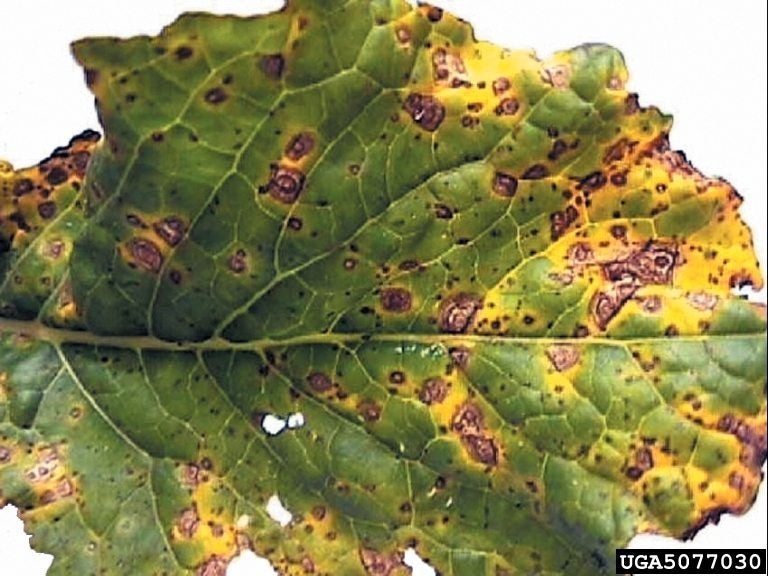 Alternaria Leaf Spot Of Turnip – Treating Turnips With Alternaria Leaf Spot
Alternaria Leaf Spot Of Turnip – Treating Turnips With Alternaria Leaf SpotIf left untreated, alternaria leaf spot of turnips can cause a significant decrease in yield and loss of quality. Getting rid of alternaria leaf spot of turnip isn't always possible, but you can take steps to keep the disease in check. Click this article to learn more.
By Mary H. Dyer
-
 Turnip White Spot Info : What Causes White Spots On Turnip Leaves
Turnip White Spot Info : What Causes White Spots On Turnip LeavesIt is not uncommon to find white spots on turnip leaves. White spot of turnips causes economic damage where turnips are just grown for their greens. Learn how to prevent turnip white spot and save those healthy greens in this article.
By Bonnie L. Grant
-
 Turnip Mosaic Virus – Learn About Mosaic Virus Of Turnips
Turnip Mosaic Virus – Learn About Mosaic Virus Of TurnipsMosaic virus in turnips is considered to be one of the most widespread and detrimental virus infecting the crop. How is mosaic virus of turnip transmitted? What are the symptoms of turnips with mosaic virus and how can turnip mosaic virus be controlled? Find out here.
By Amy Grant